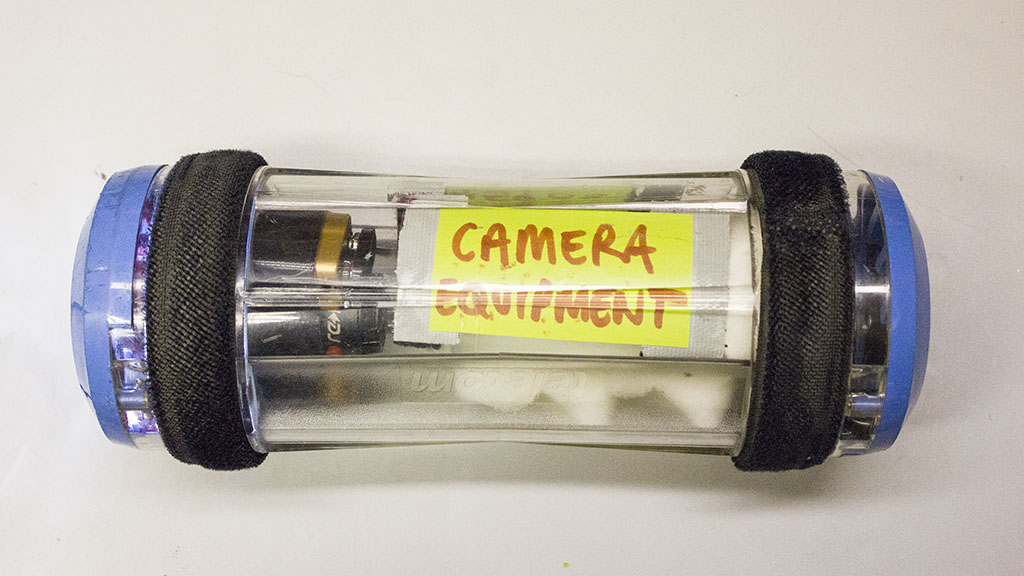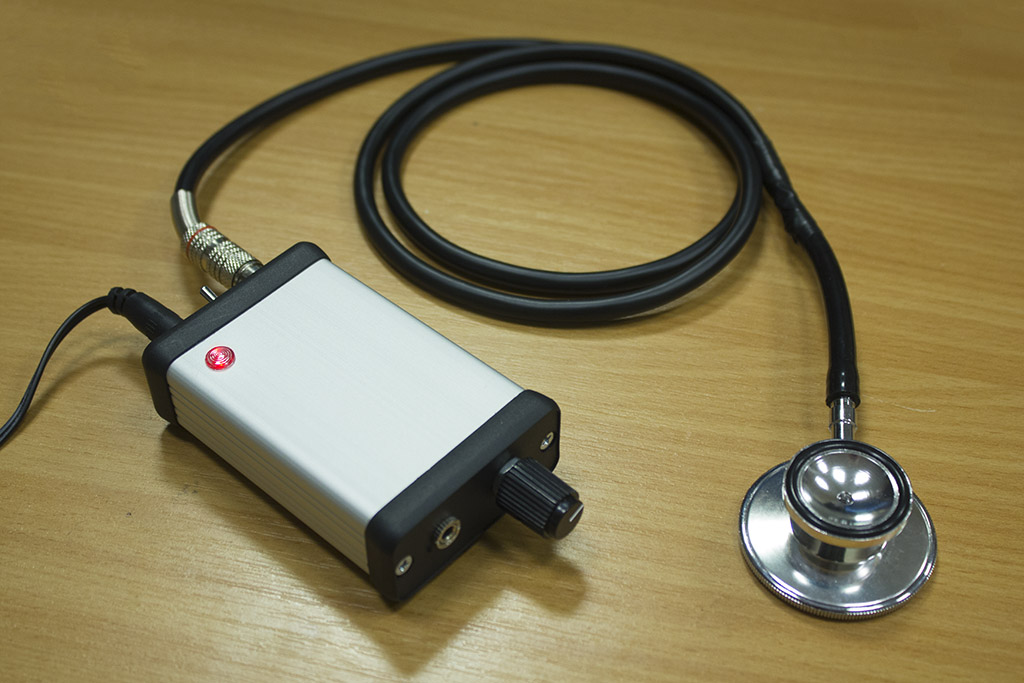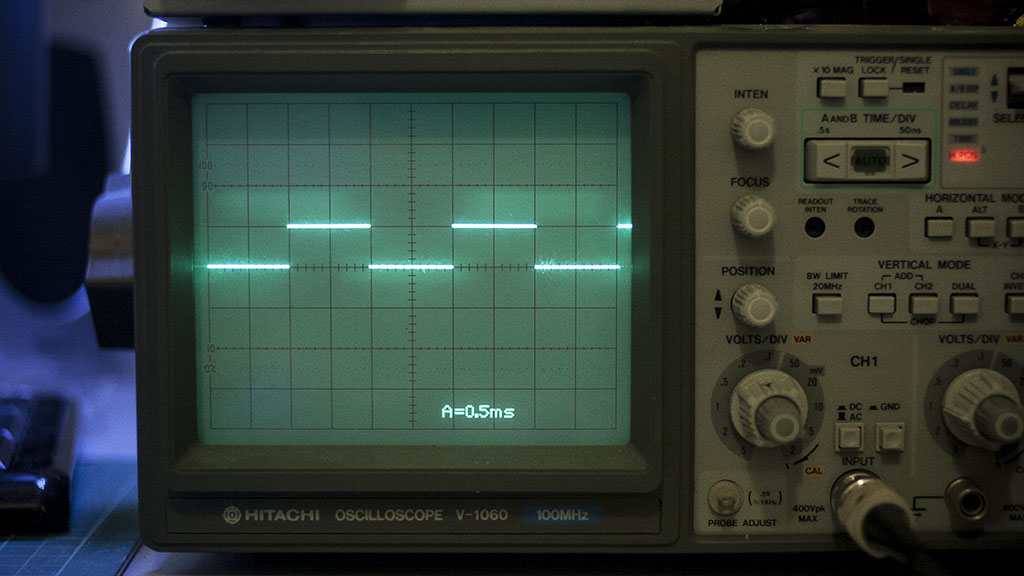09 Aug 2013

A few months ago I was offered a pod from an old pneumatic tube system - the kind of thing that transports samples and internal mail around hospitals and large office blocks. I was pleased when I was allowed to shoot a camera through an old unused section.
For those who are unfamiliar with the system, a series of interconnected tubes use pressurized air to suck and blow containers through various parts of the building, using rotary junctions and physical hubs to move between various 'networks'.
Continue reading...
06 Aug 2012

As part of my job I have to create short videos to demonstrate simple clinical procedures such as cannulation, checking blood glucose levels and taking a patient's blood pressure the manual way - that is with an inflatable cuff and a stethoscope instead of one of the automatic machines.
Essentially, what I want to do is record the Korotkoff sounds that the healthcare worker should be listening out for while taking blood pressure, the idea being that partially occluded blood flow is turbulent and makes a distinctive sound, and freely flowing blood is laminar and therefore silent.
Continue reading...
07 May 2012
Colin Brosseau used this code, made it better and then combined it with Peter Fleury's UART library - it is more portable and can be used more easily on other microcontrollers. Check it out here, I recommend you take a look. Good job Colin!
I need a way to parse commands sent from the computer over USB, through the FTDI chip and into the ATmega's USART hardware. This will provide the basis for get/set functionality for variables on a device.
The basic USART functionality is based off Dean Camera's Interrupt-Driven USART article (PDF), worth a quick look over if you are new this this. I would also suggest browsing some of the other tutorials available on his website.
Continue reading...
21 Apr 2012

The Arduino libraries make use of a handy function to track milliseconds, known as millis(), but looking briefly at the code that makes it up there seems to be a lot of other code intertwined throughout.
I want to learn to program AVR devices properly using C, not the easy way with Arduino so I thought this would be a good opportunity to implement millis() on my own as no doubt I'll be using it a lot when counting down delays in the future.
Continue reading...
10 Apr 2012
Maxim's MAX7219 and MAX72221 chips are really rather handy when it comes to controlling a collection of 7-segment LED displays. They are also quite useful when it comes to controlling up to 64 individual LEDs when appropriately arranged.
The main library I found was LEDControl which seems to work for most people, which is great, but it wasn't doing anything for me. After playing around with it for a while I decided I would go my own way and write my own code to interact with it, without the Arduino support structure.
Continue reading...


